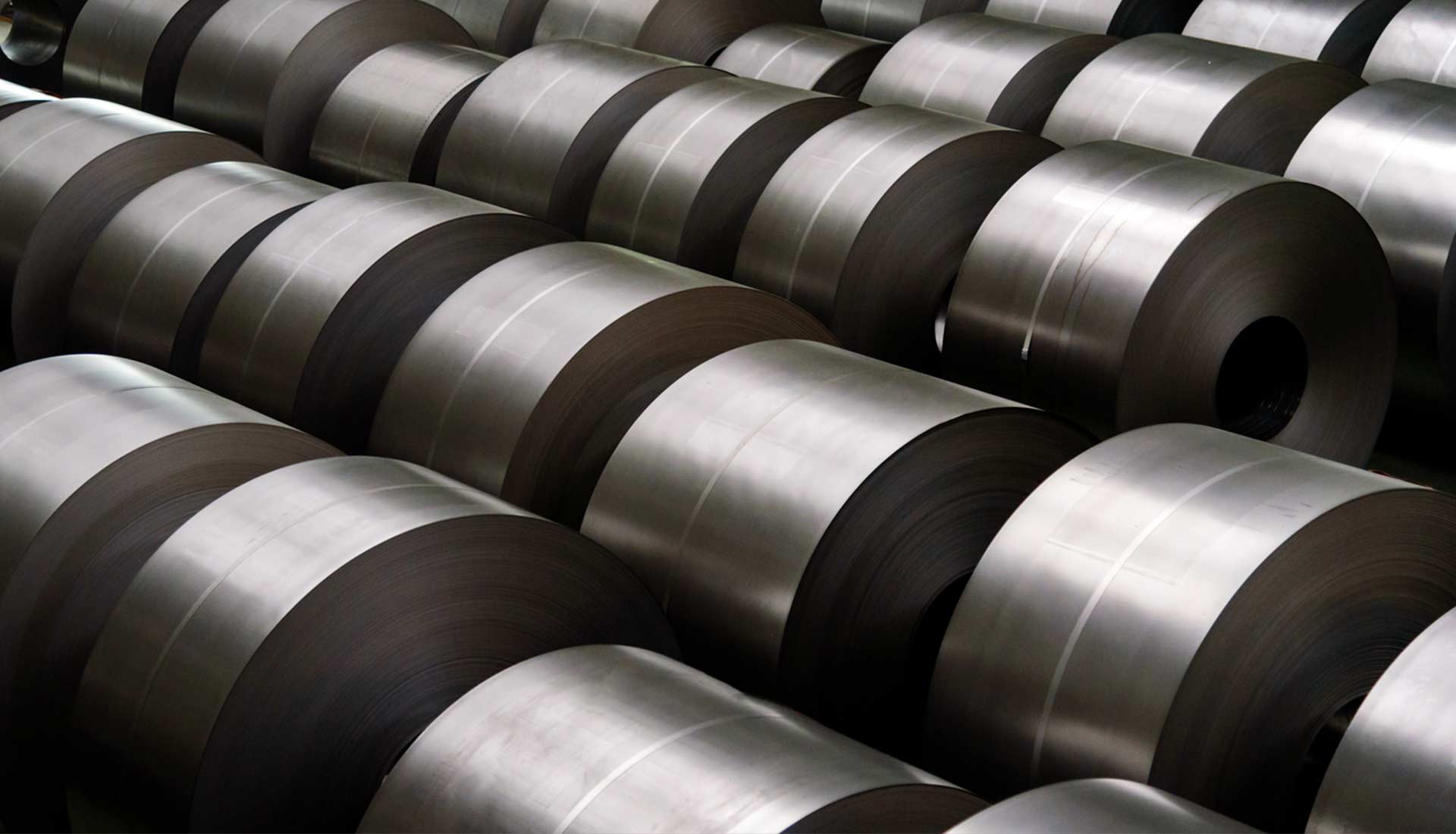

Save Money and Mitigate Risks by Decreasing Your Areas Classified as Hazardous
You may already have several existing Classified Hazardous Areas within your facility, which may increase if you decide to establish a new facility or expand your old one. Regardless of what your case is, we highly recommend analyzing your Hazardous Areas and challenging them, if possible. Why? When your Hazardous Areas decrease, you can regulate your flammable environments more efficiently. If Division 1 is reclassified as Division 2, there are fewer obligations to adhere to with respect to conduits, enclosures, motors, and so on, which also makes it a less expensive affair. This will also reduce your maintenance requirements. If you are not aware of Hazardous Area Classification and the techniques you can leverage to decrease the number, this process may seem slightly complex.
This article was written to help you navigate the entire process.
Beginning the Right Way
After adhering to the guidelines outlined in the National Electrical Code, NFPA 499 (if relevant), and NFPA 497, you may be wondering what steps you can undertake to mitigate the exorbitant costs associated with the current Hazardous Area Classification.
Your plant’s areas’ classification will be based on the following pointers, once you adhere to the codes listed above:
- Based on the flammable environment type (vapor or gas and/or dust), they may be Class I or Class II, and
- Based on the probability of a flammable environment existing in the area, Division 1 and Division 2 may apply, with the former denoting that the likelihood is higher
- Finally, the classification may also depend on the fuel nature (flammable atmosphere). In this case, gaseous flammables, liquid flammables, liquid combustibles mixed with air, or combustible liquids produced vapor are classified as Group A, B, C, or D. Atmospheres with combustible dusts in these categories are classified as Groups E, F, or G.
- Then, it is time to work on the drawings after the documentation of the HAC.
Electrical Equipment Specification
Note that HAC’s primary purpose is the facilitation and guidance of engineers when they are choosing and setting up proper wiring and electrical equipment that are safe in nature within hazardous areas. It is also necessary to take into account the exact properties of materials or atmospheres that are flammable in nature and the best way to handle them. HAC functions as a tool in the United States to help engineers ensure that electrical equipment does not turn into a source of ignition by guiding them with their specifications, design, and installation.
For equipment that must be employed in hazardous zones, the requirements are listed by the National Electrical Code. In particular, Article 501, Article 502, Article 503, Article 504, and Articles 510 to 516, which relate to areas with flammable vapors, combustible dusts, flammable fibers, Intrinsically Safe Systems, and specific classified locations are extremely important in this context.
If you skim through these articles, it becomes apparent that in Division 1 areas, the wiring requirements are substantially more strict when compared to those classified as Division 2, despite the conditions of flammable atmosphere remaining the same with different likelihoods.
Decreasing the Number of Classified Areas
At this point, it is natural to wonder how you can reclassify your Division 1 area into Division 2 areas. Similarly, is it possible to decrease the size of the Division 2 areas and even classify them as non-hazardous? It may help to review HAC to identify processes that can be reclassified or changed. Apart from the classification-based hurdles, when flammable atmospheres can be controlled better, the operational aspects become safer, mitigating the chances of ignition due to non-electrical sources of ignition, such as mechanical sparks, hot surfaces, and so on.
There are numerous ideas for improving flammable atmosphere control in codes, standards, and best industry practices.
This is a list of potential solutions to decrease the extent of classified hazardous areas or even downgrade them:
- Containment should be improved. For areas classified as Class I, impenetrable partitions should be used, and for areas classified as Class II, penetrable partitions should be used to limit the extent of flammable atmospheres. Additionally, substantial changes can be observed once equipment maintenance is improved and the containment of spills is enhanced.
- In process areas, increase ventilation. When dilution ventilation increases in Class I areas, while Class II areas witness an improvement in Local Exhaust Ventilation, the potential, as well as the scope of flammable atmospheres, decreases, facilitating re-classification.
- Both combustible dusts, as well as flammable liquids, should not be poured via open air. This will mitigate the potential for releases as well as dangerous spills.
- Negative pressure should be maintained for equipment that contains flammables. In this way, dangerous releases are reduced in both potential and scope.
- Increasing the frequency and quality of housekeeping. This could make all the difference when it comes to the classification of Class II areas.
- The use of a Combustible Gas Detection Systems enables the reclassification of zones that were previously classified as Division 1 into Division 2.
Here are a few optional solutions:
- Instead of flammable liquids, use those with a Flash Point substantially exceeding both the ambient and the process temperature.
- Powders whose median particle size exceeds 500 µm are preferable (U.S. No. 35 standard sieve).


Save Money and Mitigate Risks by Decreasing Your Areas Classified as Hazardous
You may already have several existing Classified Hazardous Areas within your facility, which may inc





